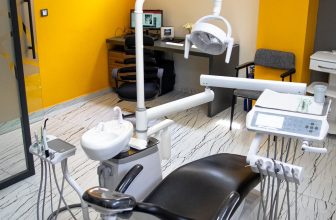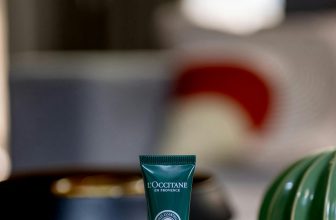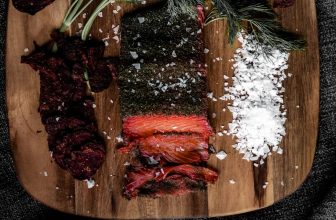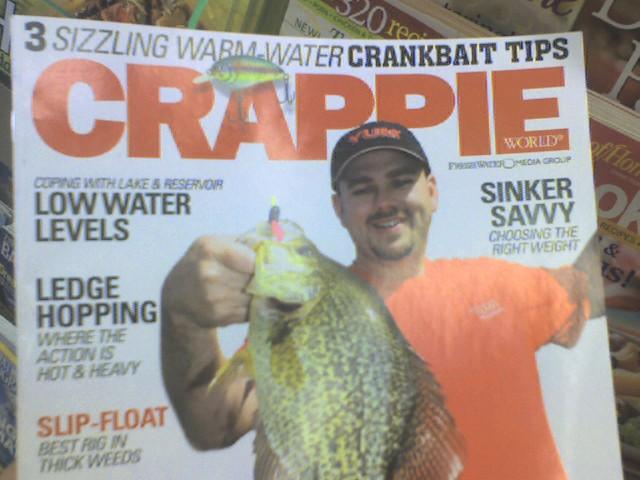
Slip bobbers, a versatile and widely used fishing tool, have become a favorite among anglers for their efficiency and simplicity. Whether you’re a beginner or a seasoned fishing enthusiast, learning how to effectively use a slip bobber can greatly enhance your fishing experience. In this article, we will provide you with a comprehensive guide on how to use a slip bobber, including its purpose, setup, and techniques, enabling you to optimize this essential fishing accessory and increase your chances of reeling in that prized catch. So, grab your fishing gear and join us as we dive into the world of slip bobber fishing.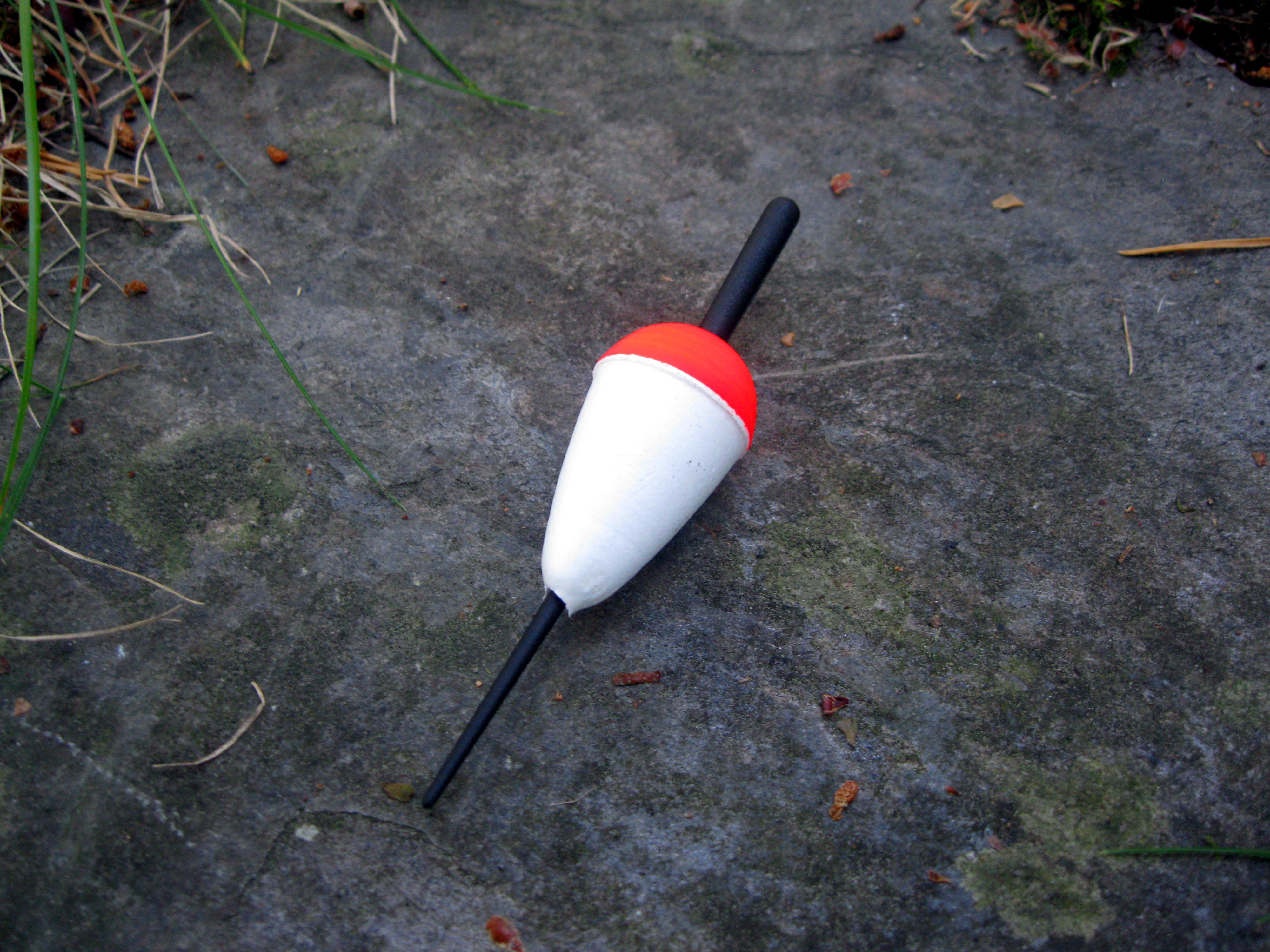
Choosing the Right Slip Bobber for Your Fishing Needs
Slip bobbers are versatile tools that can greatly enhance your fishing experience. is crucial to having a successful and enjoyable fishing trip. With so many different options available, it can be overwhelming to make a decision. This post will guide you through the process of choosing the perfect slip bobber and provide tips on how to use it effectively.
Consider the Fish Species
When selecting a slip bobber, it’s important to consider the type of fish you plan to target. Different fish species have different preferences in terms of bait size, depth, and presentation. Research the fish species you are targeting and choose a slip bobber that matches their preferences. For example, if you are fishing for panfish like bluegill or crappie, opt for a smaller slip bobber that allows you to present small bait effectively.
Adjustability and Depth Control
One of the main advantages of using a slip bobber is its adjustability. Look for a slip bobber that allows you to easily adjust the depth at which your bait is suspended. This is especially important if you are fishing in different water depths or targeting fish at various levels of the water column. Some slip bobbers come with adjustable stops or markers that make it easier to consistently set the desired depth.
Buoyancy and Visibility
Slip bobbers are designed to float on the water’s surface and indicate when a fish is biting. Consider the buoyancy and visibility of the slip bobber when making your choice. A slip bobber that is too buoyant may cause false bites, while one that lacks visibility may make it difficult to detect subtle strikes. Look for a slip bobber that strikes a balance between buoyancy and visibility, allowing you to effectively detect and respond to fish activity.
Durability and Ease of Use
A slip bobber that is durable and easy to use will greatly enhance your fishing experience. Look for a slip bobber made from high-quality materials that can withstand the rigors of fishing, such as tough plastic or balsa wood. Additionally, choose a slip bobber that is easy to rig and adjust, as this will save you time and frustration on the water.
Experiment and Adapt
Once you have chosen the right slip bobber for your fishing needs, it’s time to hit the water and experiment. Different fishing conditions and fish behavior can require adjustments to your slip bobber setup. Don’t be afraid to try different bait sizes, depths, and presentations to find what works best. Remember to stay observant and adapt your fishing approach as needed.
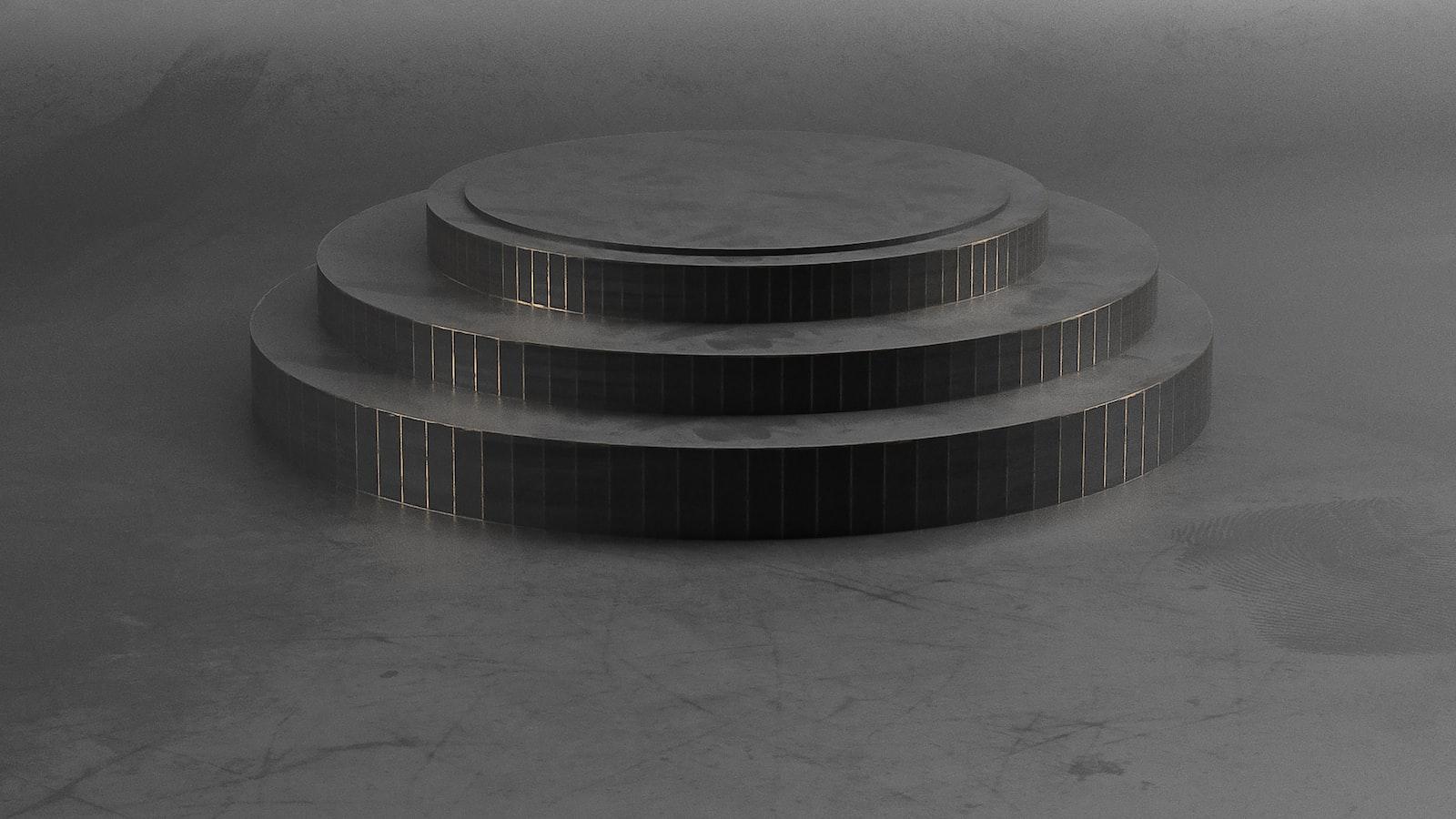
Understanding the Proper Placement and Depth Adjustments of a Slip Bobber
A slip bobber is a useful tool for anglers looking to catch fish at different depths. By allowing the bait to move freely, it provides a more natural presentation and increases the chances of a successful catch. However, to use a slip bobber effectively, it is essential to understand its proper placement and how to adjust its depth. In this article, we will explore the techniques and strategies for utilizing a slip bobber to enhance your fishing experience.
1. Selecting the Right Size
Choosing the appropriate size of a slip bobber is crucial. A larger slip bobber will hold more weight, making it suitable for lakes or rivers with strong currents. Conversely, a smaller slip bobber is ideal for still waters or when targeting smaller fish species. Consider the fishing conditions and the size of the fish you are targeting when selecting the right slip bobber.
2. Correct Placement
Proper placement of the slip bobber is important to ensure its functionality. Start by threading the fishing line through the bobber stop, which prevents the bobber from sliding down to the hook. Then, affix a bead on the line before attaching the slip bobber. The bead acts as a buffer, keeping the slip bobber from directly hitting the bobber stop. This setup allows the slip bobber to slide freely along the line while maintaining the desired fishing depth.
3. Adjusting the Depth
To adjust the slip bobber’s depth, you simply need to slide it up or down the fishing line. When casting, ensure that the bobber rests on the water’s surface. Use the bobber stop to establish the desired bait depth, typically around the fish’s level or at specific structures where they gather. By experimenting with different depths, you can determine where the fish are biting and adjust accordingly for optimal results.
4. Visual Indications
A slip bobber provides visual indications when a fish strikes. Keep an eye on the bobber, which may move erratically, rise to the surface, or disappear altogether when a fish takes the bait. It is important to have a good reference point to detect these subtle variations, so ensure your fishing line is taut and visible. Patience is key; when you notice any unusual movement, gently reel in the line to set the hook and reel in your catch.
5. Fine-Tuning for Success
Mastering the art of using a slip bobber requires practice and adjustments. Factors such as wind, water temperature, and fishing location can all affect the presentation and effectiveness of your slip bobber rig. Experiment with different bait types, depths, and casting techniques to identify what works best for your fishing goals. Don’t be afraid to try new approaches and make minor changes to increase your chances of a fruitful fishing adventure!

Expert Tips and Techniques for Rigging a Slip Bobber
Use the Right Equipment
Before you begin rigging a slip bobber, it’s important to ensure that you have the right equipment. Use a long, flexible fishing rod that allows for accurate casting and control. Opt for a medium or medium-light action rod that is about 6 to 7 feet long. Pair it with a spinning reel that has a smooth drag system.
Next, choose a slip bobber that suits your fishing needs. Slip bobbers are available in different sizes, shapes, and materials. Consider the depth at which you’ll be fishing and match the bobber size accordingly. A larger bobber provides better visibility but may be more prone to spooking fish, while a smaller one is more subtle but may be harder to see from a distance.
Rigging the Slip Bobber
To rig a slip bobber, start by threading the fishing line through the bobber stopper. This small plastic peg will prevent the bobber from sliding past a certain point on your line. Secure the bobber stopper in the desired position by pulling the line tight and sliding the stopper onto the line. Be sure to leave enough line below the bobber stopper to accommodate the depth you wish to fish.
Next, thread a bead onto the line after the bobber stopper. This bead acts as a buffer between the stopper and the slip bobber, preventing any potential line damage. Follow this by attaching a small swivel to the line. This swivel acts as a stopper and prevents the bobber from sliding all the way to your bait. It also reduces line twist caused by the movement of the bobber.
Choosing and Attaching the Bait
When it comes to choosing bait for slip bobber fishing, opt for lightweight options that are buoyant and can be easily suspended below the bobber. Common choices include live bait such as minnows, leeches, or nightcrawlers. You can also use artificial baits like soft plastics or foam bugs.
Attach your chosen bait to a small, sharp hook using an appropriate knot. Slip the hook through the bait in a way that allows it to be presented naturally in the water. To prevent the bait from washing off the hook, consider using a plastic bait keeper or threading the hook multiple times through the bait.
Setting Up for Fishing Success
Once you have rigged your slip bobber and attached the bait, it’s time to start fishing. Cast the bobber and bait into your desired location, ensuring that the bait is at the desired depth. Allow the bobber to float freely on the water’s surface, indicating any fish activity below. Pay close attention to the bobber’s movement, as even the slightest twitch or dip can indicate a bite.
When a fish takes the bait, resist the urge to jerk the rod immediately. Instead, wait for the bobber to be pulled down steadily by the fish. This ensures that the fish has fully taken the bait and increases your chances of a successful hook-set. Once the bobber is fully submerged, lift your rod quickly but smoothly to set the hook.
| Tips and Techniques |
|---|
| Experiment with different depths to find where the fish are biting. |
| Use a sensitive float for better bite detection. |
| When fishing in deep water, add a split shot weight above the swivel to help the bait reach the desired depth faster. |
| Try using a slip bobber stop that glows in the dark for night fishing. |
| Consider using a fluorocarbon leader between the swivel and the hook for increased stealth. |

Mastering the Art of Casting and Retrieving a Slip Bobber
Casting and Retrieving a Slip Bobber
Using a slip bobber in fishing can greatly enhance your chances of success, allowing you to accurately present your bait at the desired depth. Whether you are a beginner or an experienced angler, is essential for a successful fishing trip. In this post, we will guide you on how to effectively use a slip bobber and provide some useful tips to improve your technique.
Step 1: Setting up the Slip Bobber
Firstly, you need to assemble your slip bobber rig. Start by threading the main fishing line through the bobber stop. This small plastic or rubber piece will prevent the bobber from sliding all the way down to your hook. Next, tie a small barrel swivel to the end of your main line. This will act as a stopper for the bobber stop, ensuring it does not slip off during casting. Attach your desired leader length to the barrel swivel, and tie a hook at the end. Finally, slide the bobber stop onto the line, followed by the slip bobber itself. Make sure the bobber stop is positioned at the depth you want your bait to be suspended.
Step 2: Casting the Slip Bobber
When casting a slip bobber, it is important to be mindful of your technique. Aim for a smooth and gentle cast to prevent your bait from getting tangled. Avoid overpowering your cast and instead focus on accuracy. Keep an eye on the bobber as it slides through the water, as this will give you an indication of your bait’s position and any potential strikes.
Step 3: Retrieving the Slip Bobber
After casting, it’s time to retrieve the slip bobber. Reel in your line slowly and steadily, maintaining tension to detect any bites. Once the bobber reaches your rod tip, be ready for that sudden jerk indicating a fish has taken your bait. If no bites occur, repeat the process by casting to a different location or adjusting the depth of your slip bobber.
Tips and Tricks for Success
- Experiment with different bait and hook combinations until you find the most effective one for the fish you are targeting.
- Consider using a bobber stop that is brightly colored or even glowing to improve visibility in low-light conditions.
- Pay attention to the movements of your slip bobber. Subtle dips or sudden movements can indicate fish activity.
- Try adjusting the depth of your slip bobber periodically to test different depths and find the sweet spot where the fish are biting.
- Practice patience and be prepared for varying fishing conditions. Adapt your slip bobber technique accordingly to maximize your success on the water.
| Slip Bobber Rigs | Suitable Depths |
|---|---|
| Fixed Bobber Rig | Shallow to medium depths |
| Sliding Bobber Rig | Deep depths or covering large areas |
| Popping Bobber Rig | Topwater action for aggressive fish |
Q&A
Q: What is a slip bobber and how does it work?
A: A slip bobber is a floating device that allows anglers to suspend their bait at a specific depth while fishing. Unlike fixed bobbers, slip bobbers slide freely along the fishing line, allowing adaptable depth control.
Q: What equipment do I need to set up a slip bobber rig?
A: To set up a slip bobber rig, you will need a fishing rod and reel, fishing line, a slip bobber, bobber stoppers or beads, hooks, sinkers, and your preferred bait.
Q: How do I choose the right slip bobber?
A: There are various slip bobber sizes available, so it’s crucial to select one that suits your fishing needs. Consider factors like water conditions, target species, and desired casting distance. Opt for a lighter bobber for calm waters and smaller fish, or a larger one for rougher conditions and bigger targets.
Q: How do I set up a slip bobber rig?
A: Start by threading the fishing line through the bobber stopper, followed by a bead or two. Then, slide the bobber onto the line and secure it above the bead(s). Tie the hook onto the end of the line, leaving enough distance between the bobber and the hook to reach your desired depth.
Q: How do I adjust the depth of the slip bobber?
A: To adjust the depth, simply slide the bobber stopper up or down the fishing line. By lowering the stopper, the bobber will slide farther up towards the hook, allowing your bait to reach deeper waters. Similarly, moving the stopper upwards will raise the bobber and bait.
Q: Should I use weights or sinkers with a slip bobber rig?
A: Yes, using weights or sinkers is often necessary to properly balance the rig and achieve the desired depth. Attach an appropriate weight above the hook, closer to the bobber, so that it pulls the line down while keeping your bait suspended at the desired level.
Q: How do I cast and retrieve with a slip bobber rig?
A: Cast the slip bobber rig into your desired fishing spot, allowing the bobber to lay flat on the water’s surface. As you retrieve, reel the line steadily, letting the slip bobber slide smoothly and freely. Keep an eye on the bobber for any signs of fish biting.
Q: Are there any tips to enhance slip bobber fishing success?
A: Yes, here are a few tips: experiment with different bait types to attract different fish species; use a sensitive fishing rod to detect even subtle bobber movements; avoid excessive line tension while waiting for bites; and always stay quiet and patient for a better chance at a successful catch.
Q: Can slip bobbers be used in any fishing environment?
A: Slip bobbers can be used in various fishing environments, including lakes, rivers, and even inshore saltwater. However, it’s important to match the slip bobber size and weight with the conditions and target species for optimal results. In conclusion, learning how to use a slip bobber can greatly enhance your fishing experience. By understanding its function and applying the steps outlined in this guide, you can increase your chances of catching more fish and target specific depths with ease. Remember, practice makes perfect, so don’t get discouraged if you don’t master it on your first attempt. With time and experience, you’ll become more comfortable using a slip bobber and can adjust it to suit different fishing conditions and preferences. So grab your fishing gear, head to the water, and maximize your success by incorporating a slip bobber into your angling arsenal. Happy fishing!



